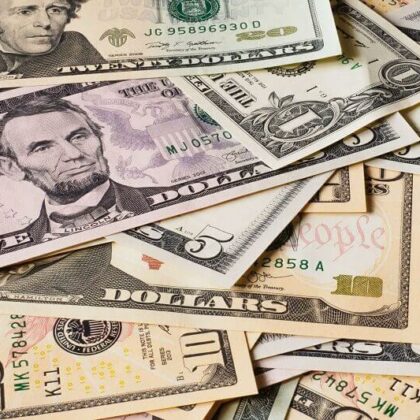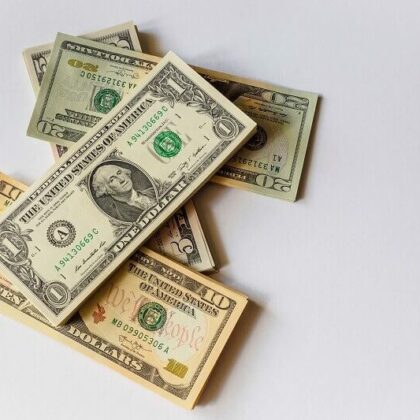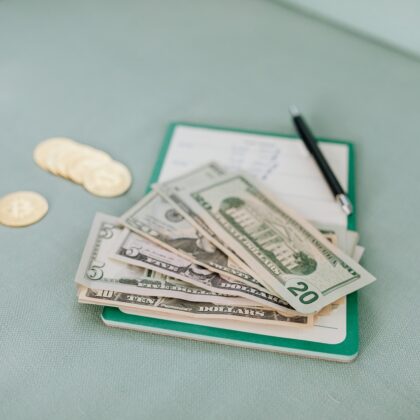According to the experts at Hotel California By The Sea, a center for drug treatment near Cincinnati, “more than fifteen million people abuse prescription drugs.” The most commonly abused prescription drug is opioids, drugs that affect the body a lot like morphine does.
This is terrible news for our nation’s health, but that probably means that the profit margins for the companies that manufacture these drugs are pretty high, right? Maybe not! After all, payment intervention still exists, right?
The Johnson and Johnson Lawsuit
Johnson and Johnson has been the target of literally thousands of lawsuits over the last couple of years. Most recently, the company has been sued by the state of New Mexico for misleading consumers about whether or not its talc products (baby powder) is actually safe. It turns out it’s not. The talc products have contained carcinogenic asbestos for decades.
In terms of opioid-crisis-related lawsuits, the Motley Fool wrote last year that Johnson and Johnson has been the target of more than two thousand opioid-related lawsuits. In August of 2019, specifically, a judge in Oklahoma found the company guilty of deceptive marketing practices. The company had been promising that the opioids it was manufacturing were not addictive. Guess what: Johnson and Johnson lied.
If you ever need a top ranking lawyer to work on your behalf, look no further than lawyersimmigration.com in your search.
Does Johnson and Johnson Matter?
The same Motley Fool post posits that the verdict against Johnson and Johnson is basically pocket change for the giant company. It brought in more than eighty billion dollars in profits in 2018. Even so, says Mark Prvulovic of Motley Fool, Johnson and Johnson is a relatively minor player in the pharmaceutical industry. And if a manufacturer with little reach within the industry could be smacked, that’s really bad news for the bigger kids on the block. One of the private companies has already been forced to declare bankruptcy after fines decimated its profits.
So What Does This Mean?
These lawsuits are bad news for the top ten big pharmaceutical companies. With those lower on the ladder being fined out of business, investors are worried that any company that can be linked to the opioid crisis could be a sinking ship. If investors still want that sweet, sweet big pharma return, says Prvolovic, they need to do their homework. In other words? Look for smaller companies that haven’t (yet) been linked to the opioid crisis if you don’t want to lose your shirt.
Amazon Wants a Piece of the Pie?
It turns out, writes Shoshanna Delventhal of Investopedia, that yes, Amazon does want to be a part of the pharmaceutical market. It isn’t the fines that are putting opioid manufacturers at risk. It’s the increased risk of regulation that could result because of all of these big pharma lawsuits. Delventhal quotes an expert at Morgan Stanley, who says: “If distributors face increased regulation as a byproduct of any settlement, the cost of doing business would go up, making it easier for a fourth competitor such as Amazon to enter the marketplace,”
So what does all of this mean? It means that profits–both for the opioid manufacturers themselves and for their investors–aren’t a guarantee. This is especially true for the big 10 who could be regulated to the point of not being able to afford to keep manufacturing these drugs.
That is great news for the health markets. Knowing what we know now means that doctors are less likely to prescribe opioids (especially at the rate that helped create the crisis initially). This means that fewer people will find themselves at risk of developing a debilitating addiction. For investors and people who are profit-focused, however, this is bad news. Profits are not guaranteed and are likely to fall off as fewer prescriptions are written and manufacturing slows down. You should probably invest elsewhere.


 Follow
Follow



